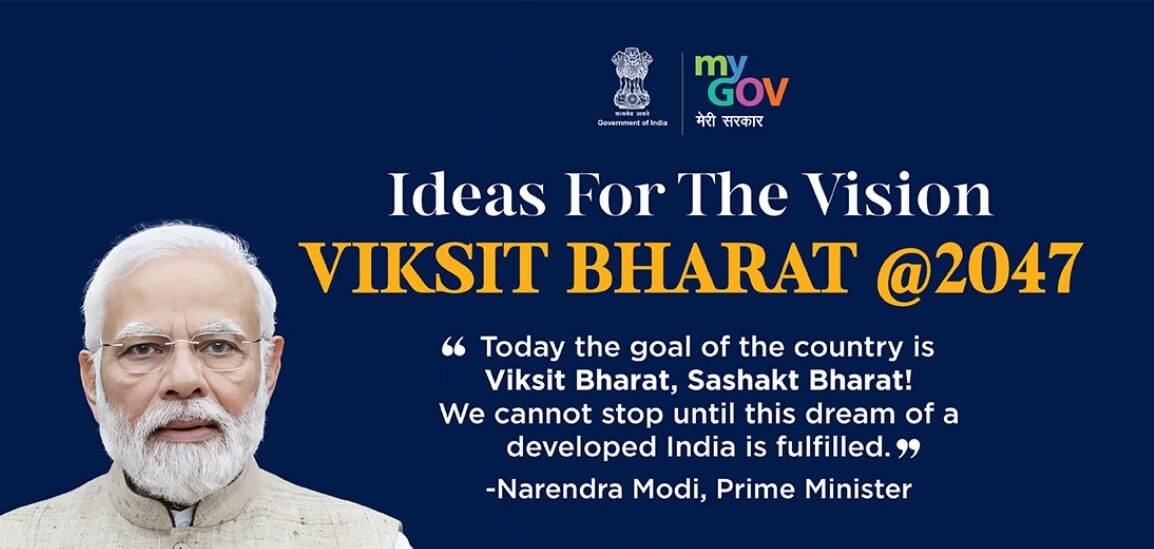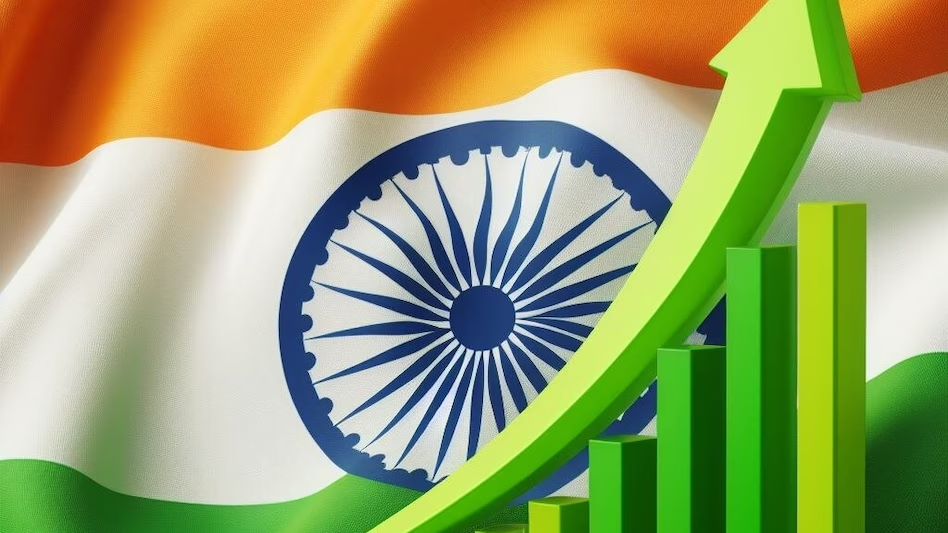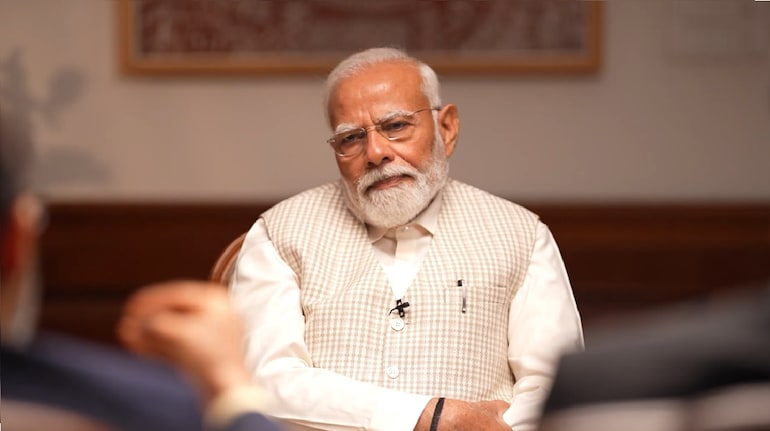Viksit Bharat, a roadmap developed by the current government, aims at making India a developed nation by 2047 with it’s sole purpose being fostering economic development. Confident in securing a third term as well, the government held a meeting with it’s counsel to draw a plan for the first 100 days of governance.

Envisioning a developed India till 2047– Viksit Bharat
Viksit Bharat or a “developed India” envisions an economically developed India within 100 years of Independence. With it’s sole purpose being economic development and enhancing economic participation, elevating India to the third largest economic power within the next five years is one of the goals aspired. Apart from economic development it also takes into account four major factors which are likely to take centre stage by 2050: India and Africa’s increasing prominence and visibility on the global stage, reflecting upon PM Modi’s emphasis on the global south at G20; where the world is marked by growing affluence and polarization, soft issues like climate change. Changing landscape of geopolitics within the global south has also been one of the concerns.
Other factors that has been taken into account include: emergence of a ‘phygital future’ where rapidly advancing technology reshapes the physical world. What’s a Phygital future? It’s a marketing term that describes blending digital experiences with physical ones. A phygital experience bridges the gap between channels and reduces customer frustration. For instance, the development of various social media platforms, online modes of payments have made human life upto an extent hassle free.
Taking into account all the areas of development we also need to keep in mind the possible challenges or loopholes which require a proper planning to be worked upon-
Challenges on the way of Viksit Bharat 2047
The first and foremost challenge for the government is to remain in power to be able to implement it’s goals, even though the government is confident enough to be able to secure a third term, there’s always opposition and changing interests when take politics into account.
Secondly, even though economy seems to be growing job opportunities have been stagnant, disguised unemployment has been rising. The number of women that are self employed has been diminishing, unpaid family labour has been going up. There has been a reversal in growth of non- farm employment which has created an unnecessary burden on the agricultural sector. This clearly indicates insufficient job creation in manufacturing and service sectors. With the advent of AI or artificial intelligence, a newfound fear of disrupted labour market has emerged. Youth suggests that it’s high time and Modi should devise a well thought out, forward looking employment policy that would not only create jobs for the youth but also minimise the expected turbulence from the emergence of technology.
Due to inflation in the past 10 years affording basic necessities has also become a challenge for those living in poverty. Hunger has become widespread due to it, a section of our population has thus become alienated.
Critics have pointed out that when the Modi government came to power it promised 20 crore jobs In the past 10 years, contradictory to that the parliamentary records show that only 722000 jobs were given in the past years.
Demonetization and it’s impact on the economy
On the night of November 8,2016, PM Narendra Modi announced that Rs 500 and Rs 1000 currency notes would no longer be treated as legal tender, it’s sole aim was to bring down counterfeit currency and manoeuvre towards a cashless India. The harsh effects of demonetization could be seen on GDP with a reduction in consumption demand because of the crash crunch in the country. Demonetization smashed the real estate market and resulted in more than a 50 per cent drop down for a long period.
Demonetization has also attributed towards digital India, by making monetary transactions hassle free and cashless, development of BHIM UPI, Phone Pe, Google Pay has been benifitial to the common citizens.

Source- business today
GST- reform of reforms by the government of India
GST is one such attribute of Indian economy which Modi pulled off with great success. The taxpayer base has doubled since it’s launch and collections too have risen. It eliminates cascading effects, simplifies online procedures and regulates e- commerce. The main purpose of imposing GST was unifying the national market. Even worst critics will agree that GST has been a success. It has achieved what it set out to do: merge and subsume multiple taxes and cesses, give the country a common economic market.
Digital India- a success
Modi is indeed the first Indian prime Minister to leverage technology so much for his welfare programmes. UPI has revolutionized India’s economy by facilitating digital payments even in remote areas. We can even have access to important documents in a hassle free way through Aadhar, Digilocker. India’s infrastructure has improved digitally since 2014.
Thus, when we talk about a Viksit Bharat by 2047, a mixed image prevails.https://www.bing.com/ck/a?!&&p=34b1ee3d863a4f1eJmltdHM9MTcxNDQzNTIwMCZpZ3VpZD0yMTc5NDIzNy1iZWM3LTY2YTktMWFjZS01MTEyYmY2YTY3MjkmaW5zaWQ9NTI0OQ&ptn=3&ver=2&hsh=3&fclid=21794237-bec7-66a9-1ace-5112bf6a6729&psq=digital+india&u=a1aHR0cHM6Ly9kaWdpdGFsaW5kaWEuZ292LmluLw&ntb=1https://test.inpactimes.com/credits-and-criticism-analysing-modi-government-since-2014/



